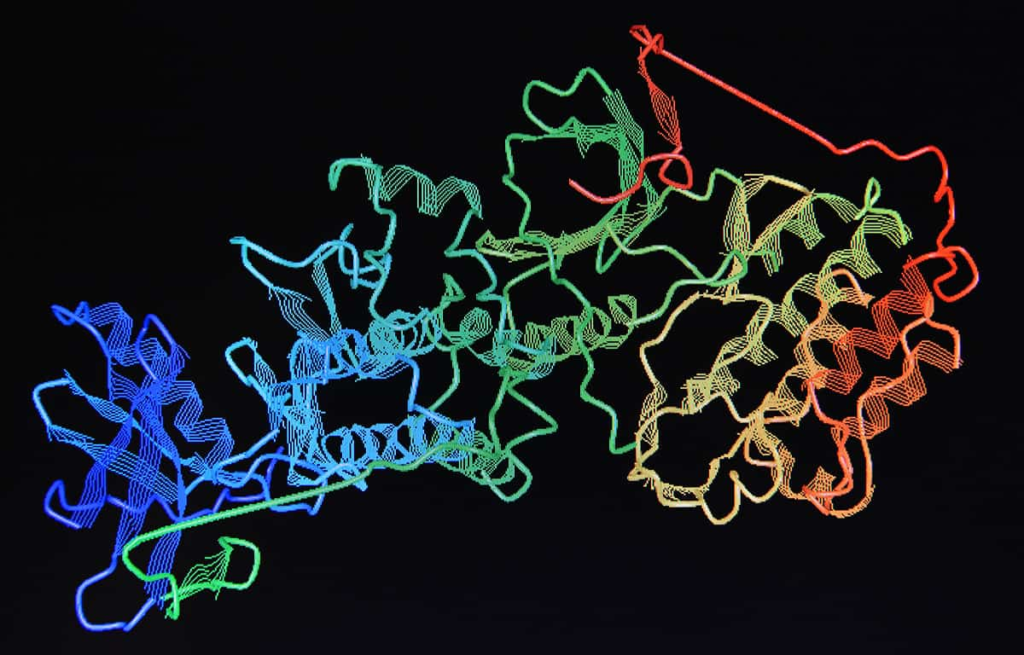
The study’s findings challenge a long-held belief about how proteins fold in our cells and have important implications for the treatment of diseases associated with protein misfolding.
A groundbreaking study by researchers at the Department of Energy’s SLAC National Accelerator Laboratory and Stanford University has uncovered the process by which a small cellular machine called TRiC controls the folding of tubulin, a human protein that forms the basis of microtubules known as Structure serve support and transport system of cells.
This challenges the previous understanding that TRiC and other similar machines, called chaperonins, only passively create a favorable environment for folding, but do not actively participate in it.
The researchers estimated that up to 10% of the proteins in our cells, plants and animals receive handy help from these small chambers to fold into their final, active form.
Many of the proteins that TRiC folds are closely linked to human diseases, including certain cancers and neurodegenerative diseases like Parkinson’s, Huntington’s and Alzheimer’s, said Stanford Professor Judith Frydman, one of the study’s lead authors.
In fact, many cancer drugs are designed to disrupt tubulin and the microtubules it makes, which are really important for cell division. Therefore, targeting the TRiC-assisted tubulin folding process could represent an attractive anticancer strategy.
The team reported the results of their decade-long study in an article published in the journal Cell.
“This is the most exciting protein structure I’ve worked on in my 40-year career,” said SLAC/Stanford Professor Wah Chiu, a pioneer in the development and application of cryo-electron microscopy (cryo-EM) and director of SLAC’s cryo -EM and field of bioimaging.
“When I met Judith 20 years ago,” he said, “we talked about whether we could see proteins folding. It’s something people have been trying to do for years and now we’ve done it.”
Researchers captured four distinct steps in the TRiC-driven folding process with near-atomic resolution using cryo-EM, and confirmed what they saw with biochemical and biophysical analyses.
At the most fundamental level, Frydman said, this study solves the long-standing mystery of why tubulin cannot fold without the help of TRiC: “It’s really a game changer to finally find a new way to understand how Folding proteins in the human cell.”
The TRiC chamber is unique in that it consists of eight different subunits that form two stacked rings. A long, thin strand of tubulin protein is carried into the opening of the chamber by a jellyfish-shaped helper molecule. Then the lid of the chamber closes and folding begins. When it’s done, the lid opens and the finished folded tubulin sheets.
Because tubulin cannot fold without TRiC, TRiC seems to do more than just passively help tubulin fold spontaneously. But how exactly does that work? This new study answers this question and shows that, at least for proteins like tubulin, the concept of “spontaneous folding” does not apply. Instead, TRiC directly orchestrates the folding pathway that leads to the correctly shaped protein.
Although recent advances in artificial intelligence, or AI, can predict the finished, folded structure of most proteins, Frydman says AI doesn’t show how a protein assumes its correct shape. This knowledge is fundamental for controlling folding in the cell and developing therapies for folding diseases. To achieve this goal, researchers need to figure out the detailed steps of the folding process as it occurs inside the cell.